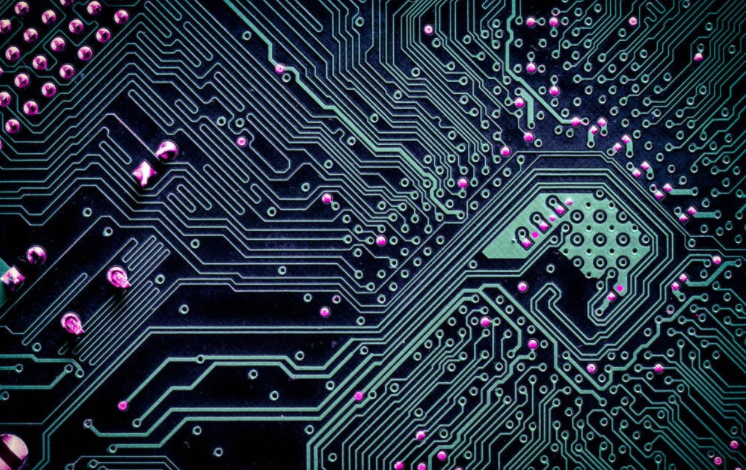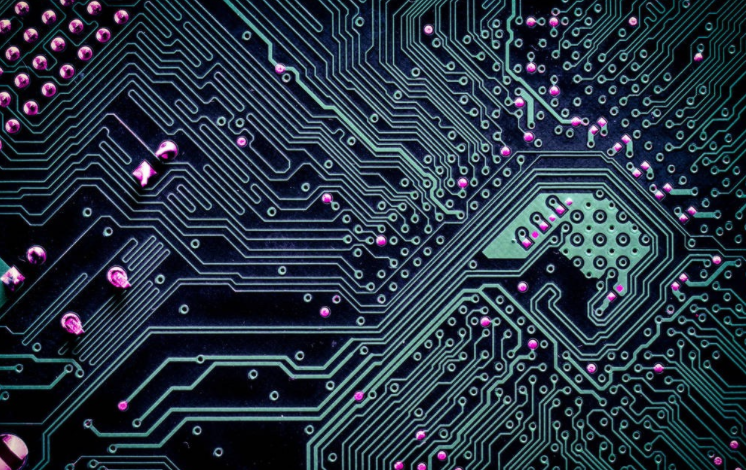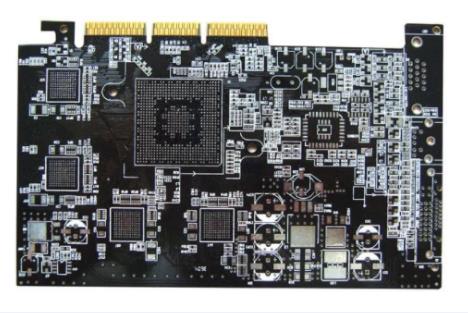
USB2.0 PCB wiring key and experience
USB is a fast, bidirectional, bidirectional, synchronous transmission, cheap and convenient hot plug serial interface USB devices are widely used because of their advantages such as fast data transmission, convenient interface, and hot plug support At present, most products on the market use USB 2.0 as the interface, but many hardware novices encounter many problems in USB applications Frequently, PCB components and USB interface have various problems, such as unstable communication or communication failure Check whether the schematic diagram and welding are normal It may be necessary to doubt that PCB design is unreasonable now Drawing PCB.0 data transmission requirements in line with USB2 plays an important role in product efficiency and reliability
The USB protocol defines two differential signal lines (D+, D -) to transmit digital signals. If the USB device is to work stably, the differential signal cable must be laid and wired in strict accordance with the differential signal rules. Based on the author's years of experience in USB related product design and debugging, the following points are summarized:
USB PCB design

1. In the process of component layout, make the differential line as short as possible to shorten the differential line routing distance
2. Give priority to drawing differential lines, and try not to have more than two pairs of through holes on a pair of differential lines (through holes will add parasitic inductance of the line, thus affecting the signal integrity of the line), and place them symmetrically
3. Symmetrical parallel wiring can ensure that the two lines are tightly coupled and avoid 90 ° wiring. Arc or 45 ° wiring is a good method
4. Arrangement of differential series resistance capacitance, test point and upper and lower resistance
5. Due to factors such as pin distribution, through-hole and wiring space, the length of differential circuit is easy to be mismatched. Once the line length does not match, the timing will shift, and common mode interference will be introduced to reduce the signal quality. In this case, it is necessary to compensate the mismatch of differential pairs to make the line length match. The length difference is usually controlled within 5mil. The compensation principle is to compensate the length difference
6. In order to reduce crosstalk, if space allows, the distance between other signal networks and grounding differential lines should be at least 20mil (20mil is the empirical value). If the distance between grounding and differential line is too close, the impedance of differential line will be affected
7. USB output current is 500mA. Note the line width of VBUS and GND. If 1Oz copper foil is used, the line width greater than 20mil can meet the current carrying requirements. Of course, the wider the line width, the better the integrity of the power supply.
The line width and line spacing of differential line signal of ordinary USB device shall be consistent with that of the whole board. However, when the USB device operates at 480 Mbits/s, it is not enough to complete the above operations. We also need to control the impedance of the differential signal. Controlling the impedance of the differential signal line is very important for the integrity of high-speed digital signals, because the differential impedance will affect the eye diagram, signal bandwidth, signal jitter and interference voltage of the differential signal line. The differential line impedance is usually controlled at 90 (± 10%) ohms (refer to the chip manual for specific values). The differential line impedance is inversely proportional to the line width W1, W2, T1, dielectric constant Er1, line spacing S1 and distance H1 of the reference layer. The following figure shows a sectional view of the differential line.
The following figure shows the reference stack for a four ply board. The middle two layers are reference layers. The reference layer is usually GND or Power. The reference layer corresponding to the difference line must be complete and indivisible, otherwise the impedance of the difference line will be discontinuous. If the four layer plate is designed by lamination as shown in Figure 2, the difference line width of 4.5mil and the line spacing of 5.5mil can meet the requirement of 90 ° © Differential impedance of. However, 4.5 mil line width and 5.5 mil line spacing are only our theoretical design values. Finally, the circuit board manufacturer will properly adjust the line width, line spacing and distance to the reference layer according to the required impedance value and in combination with the actual production situation and the board.
The above wiring rules are based on USB2.0 equipment. In the USB cabling process, we should master the shortest, tightly coupled, equal length and consistent impedance of the differential line, and pay attention to the current carrying capacity of the USB power line. When USB devices work, it is basically no problem to master the above principles.
The above is the explanation given by the editor of pcb circuit board company. If you want to know more about PCBA, you can go to our company's home page to learn about it. In addition, our company also sells various circuit boards,
High frequency circuit board and SMT chip are waiting for your presence again.








